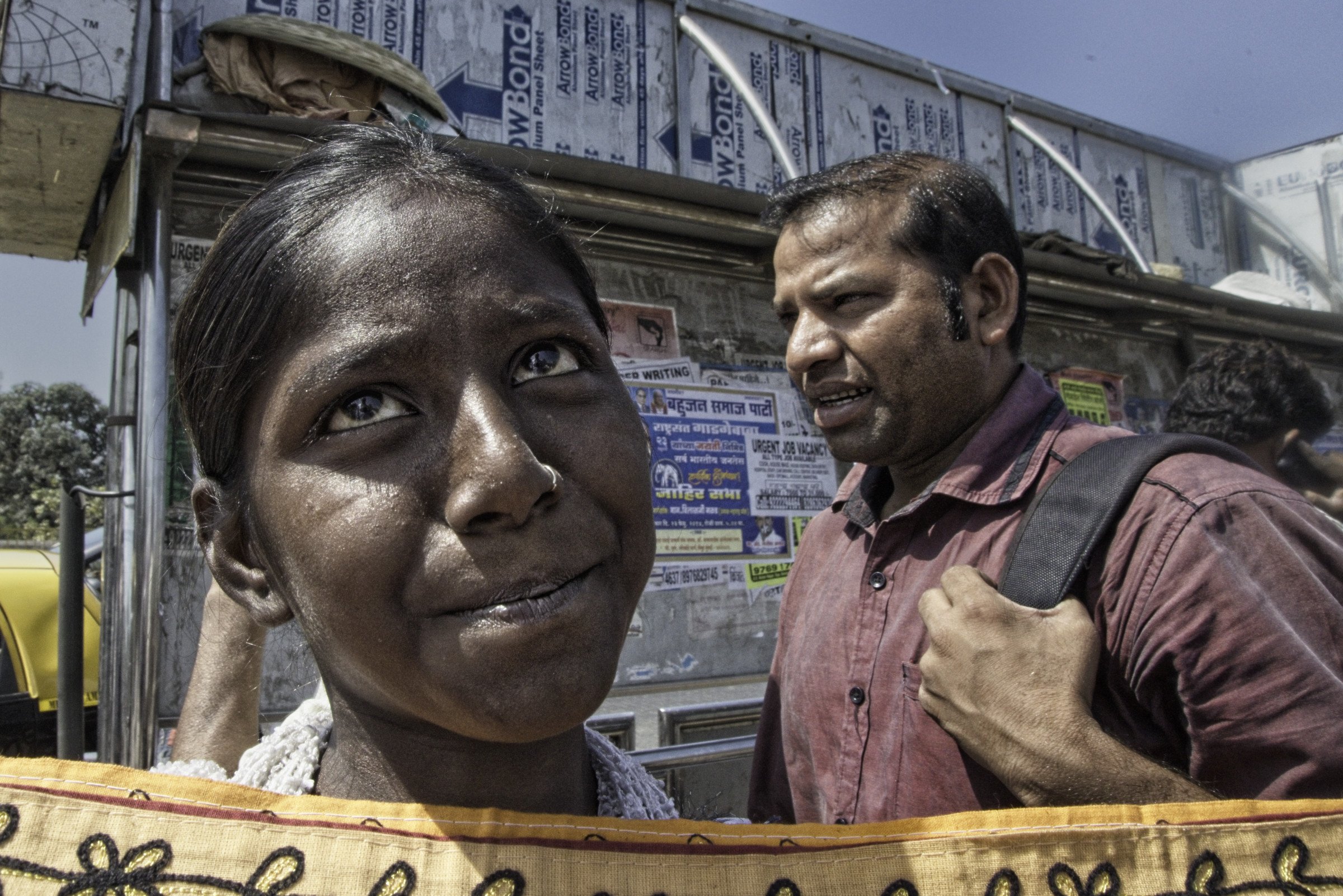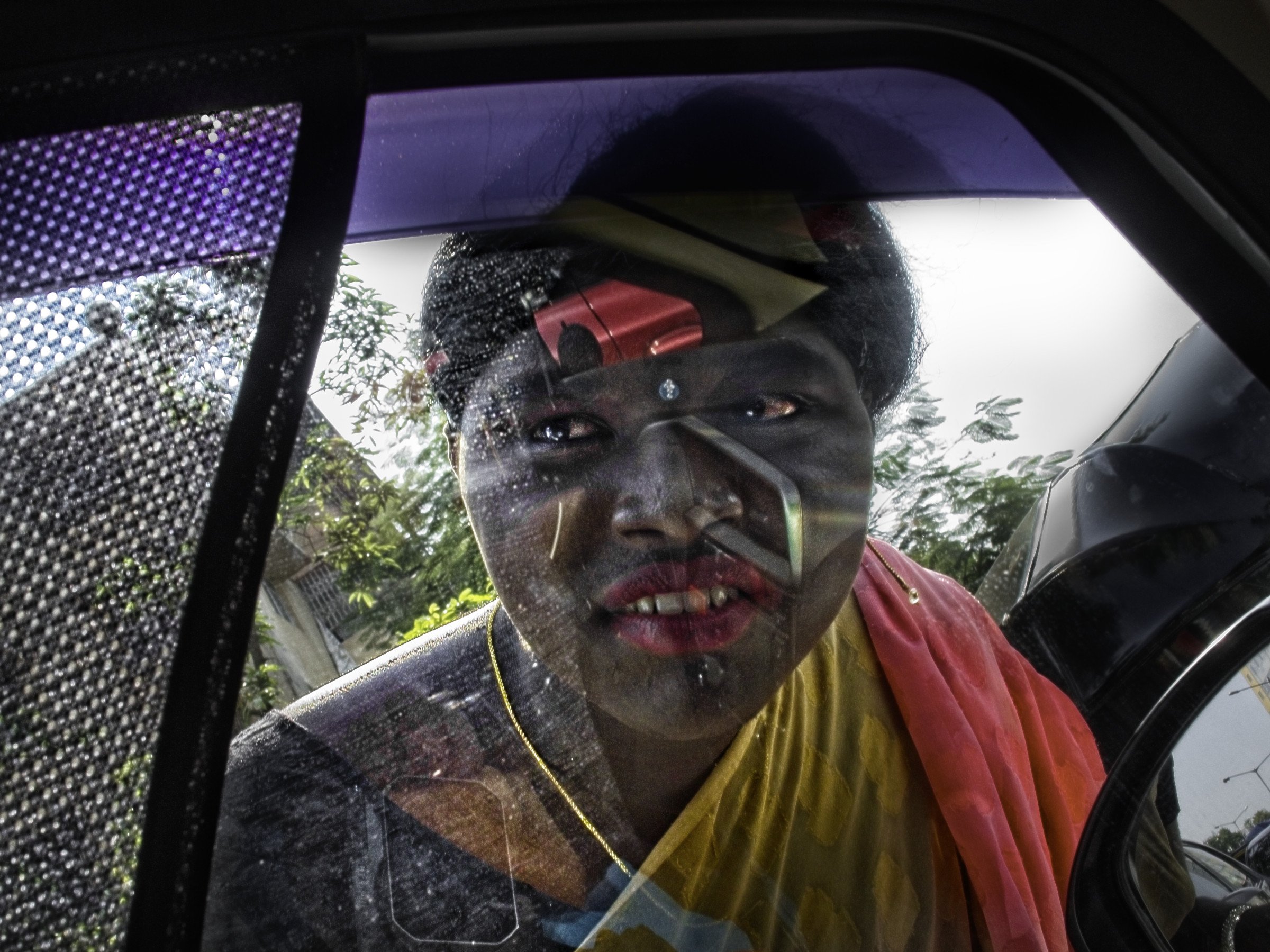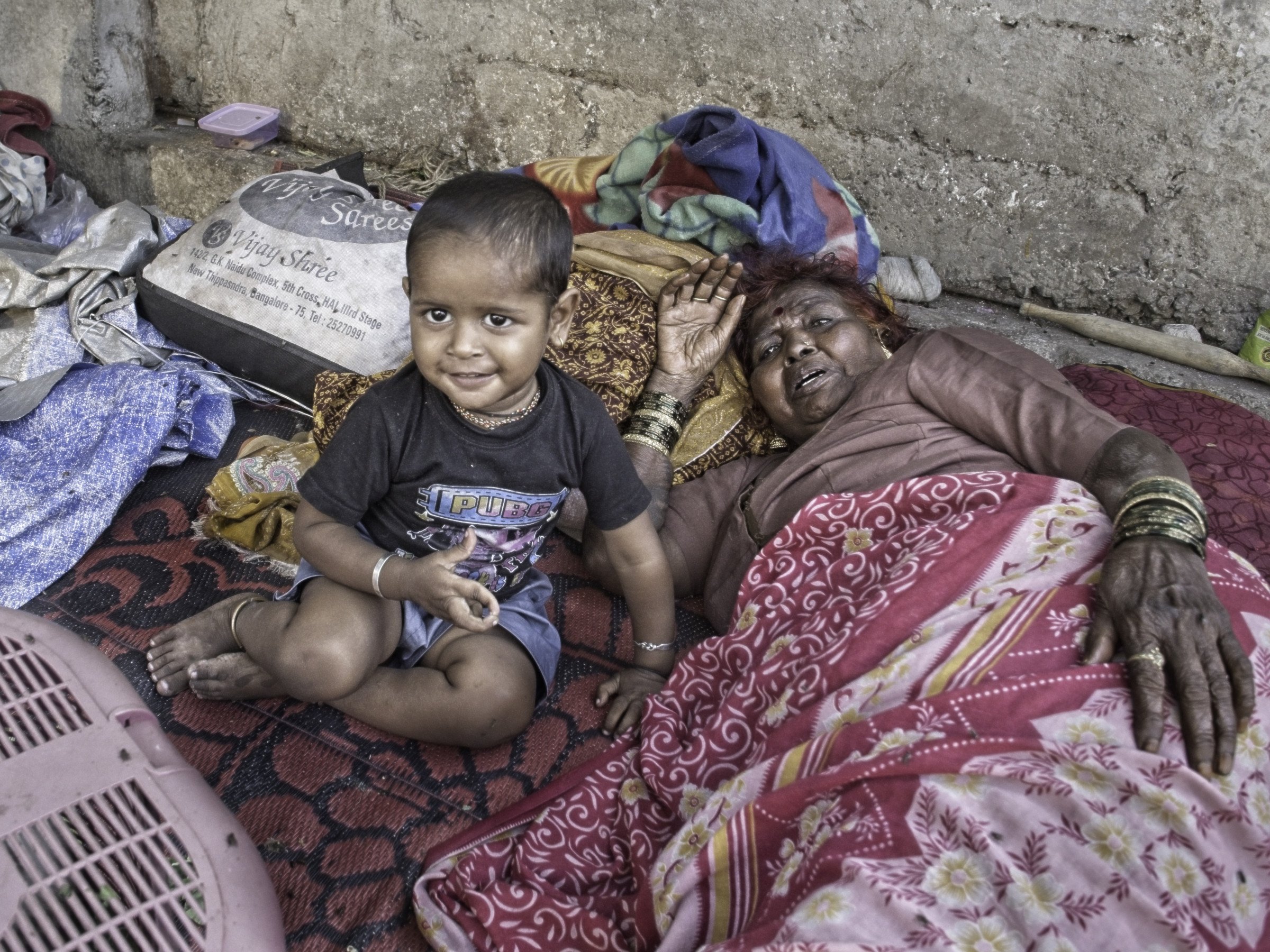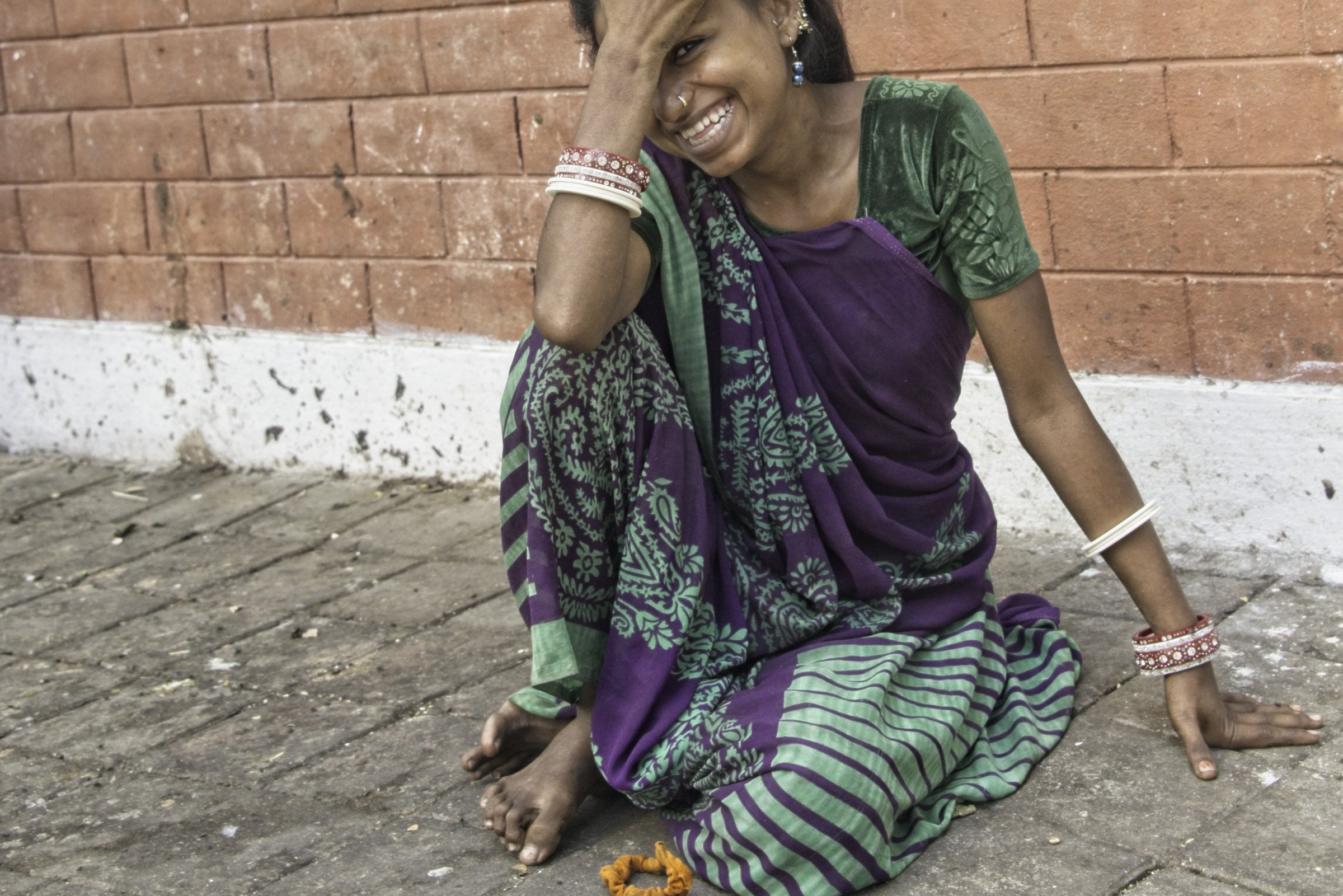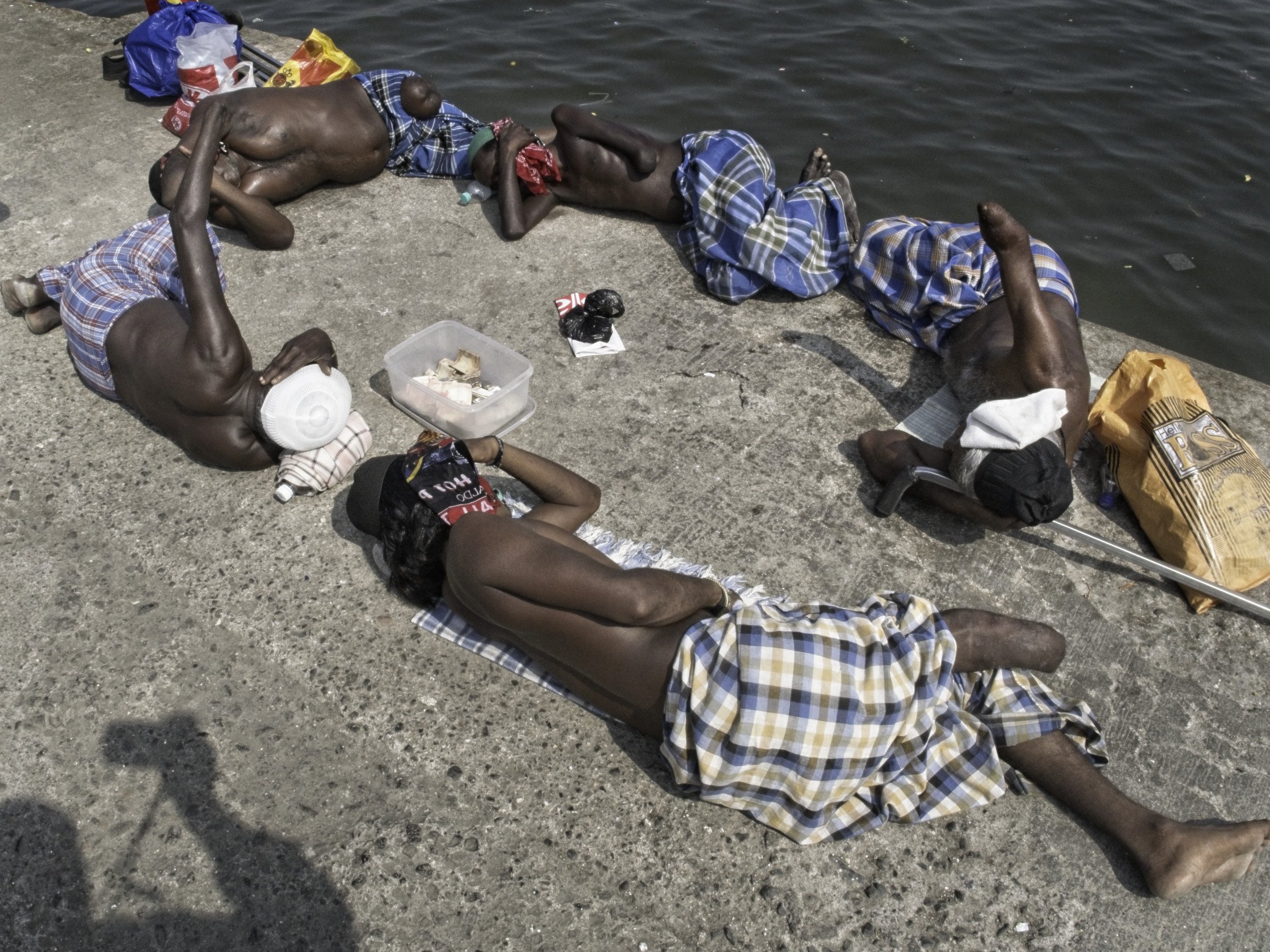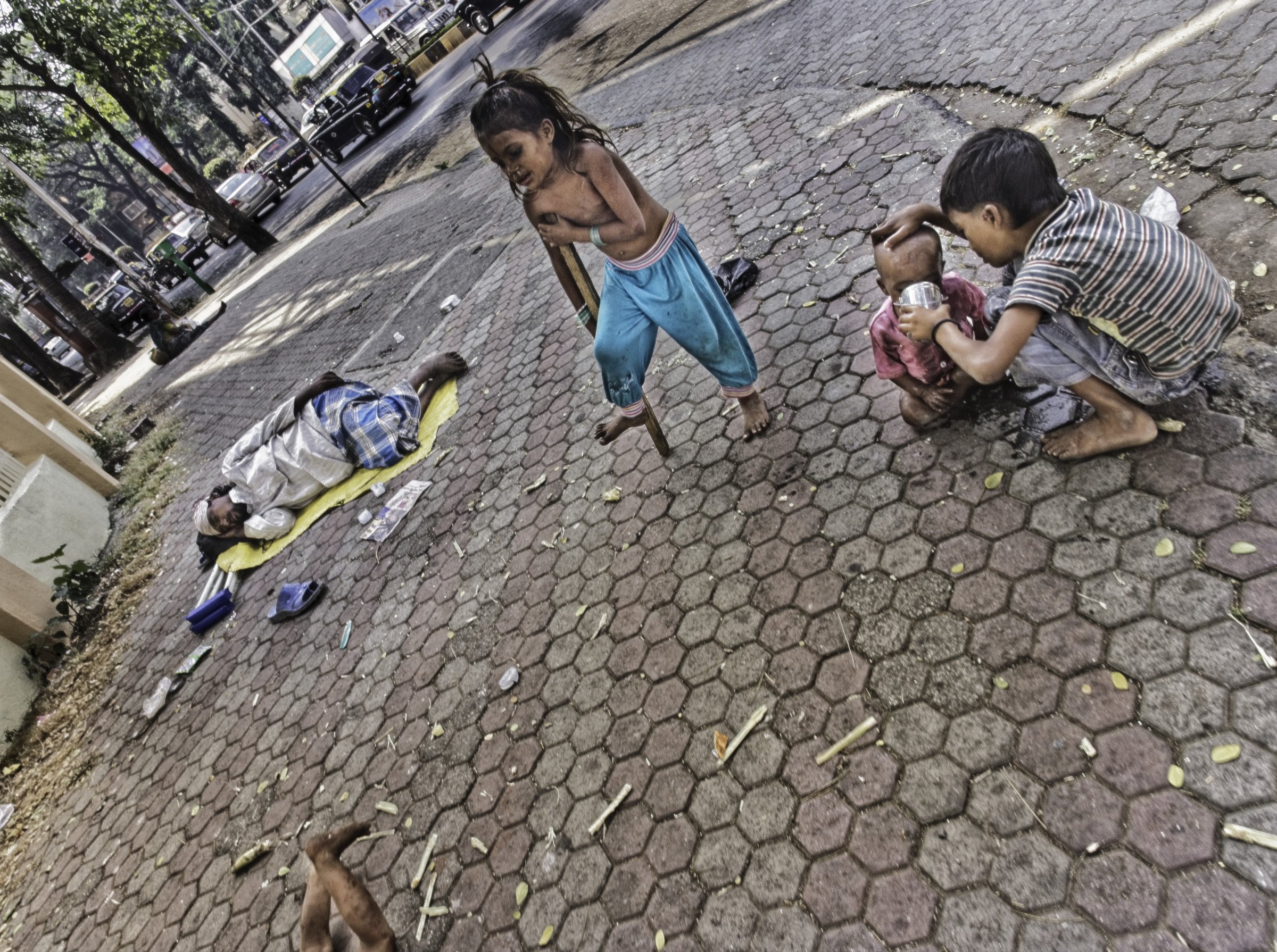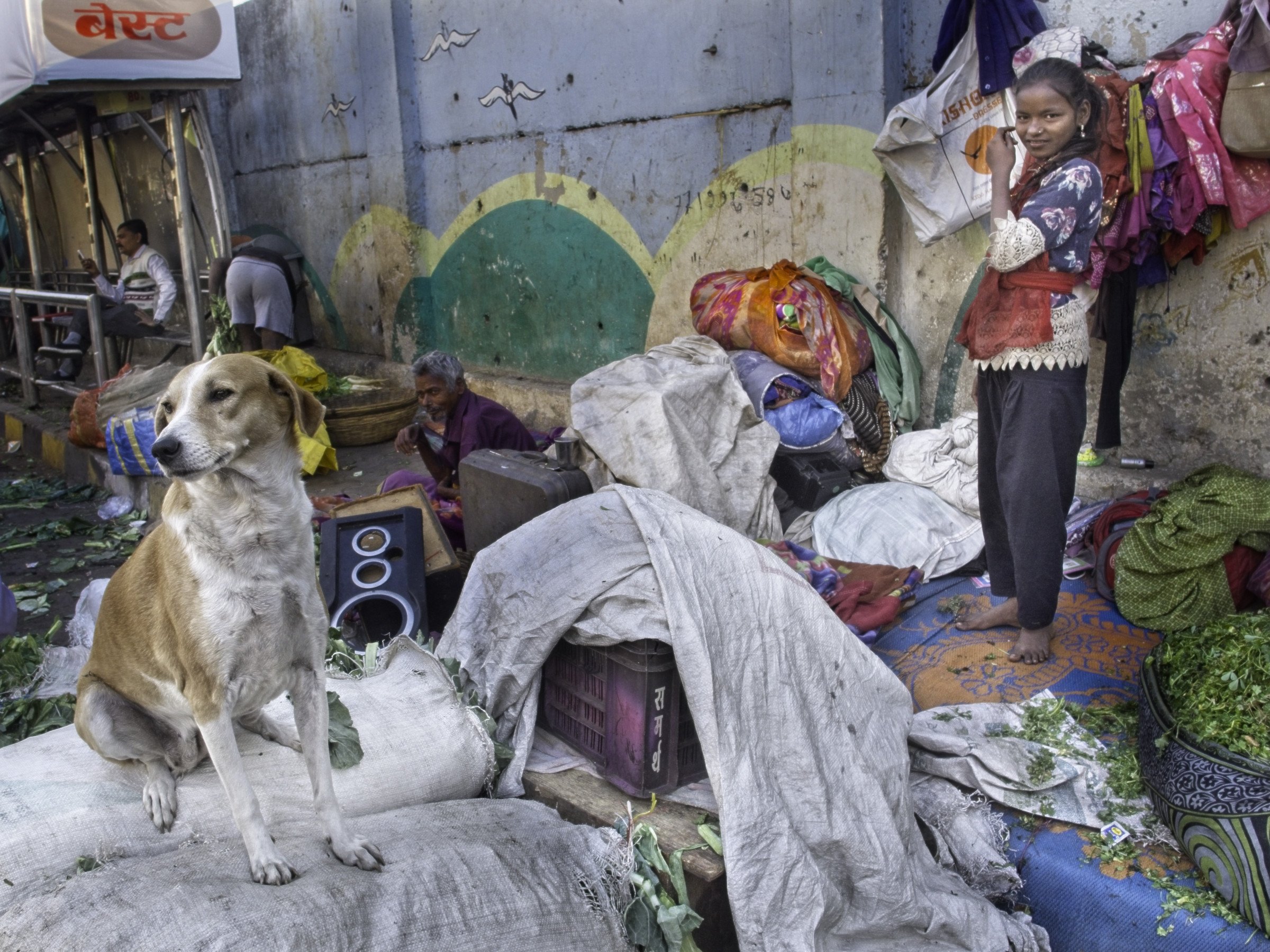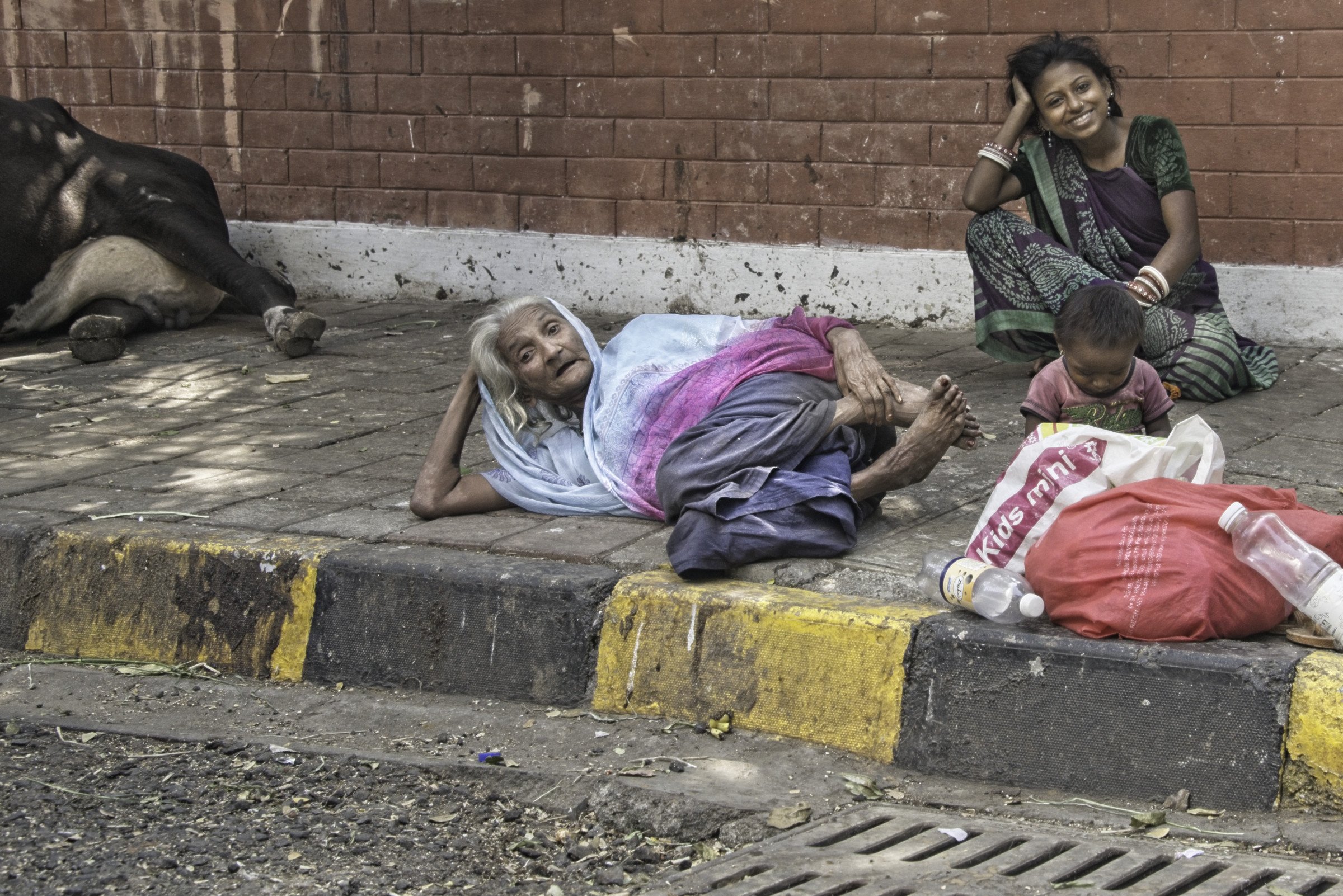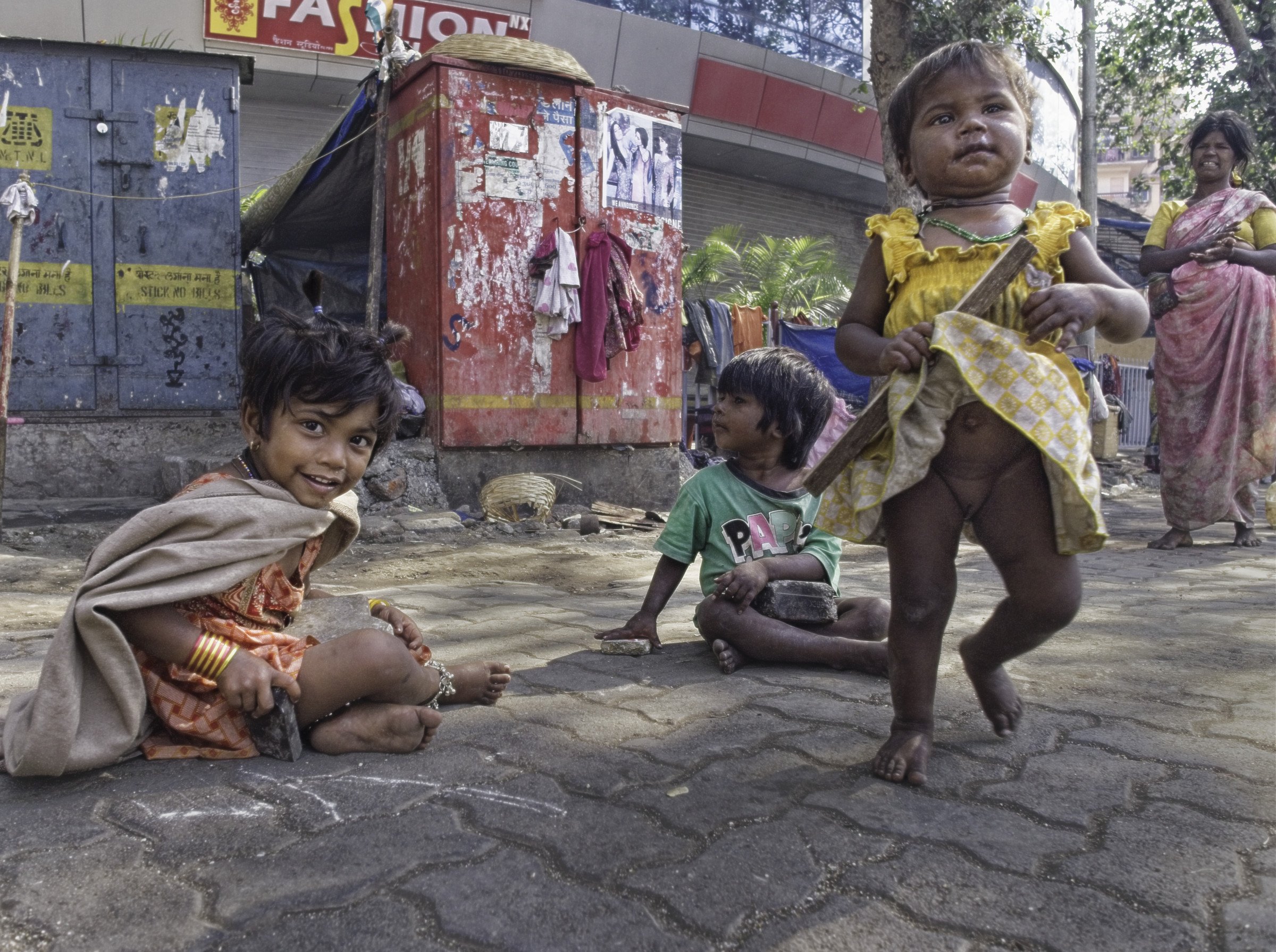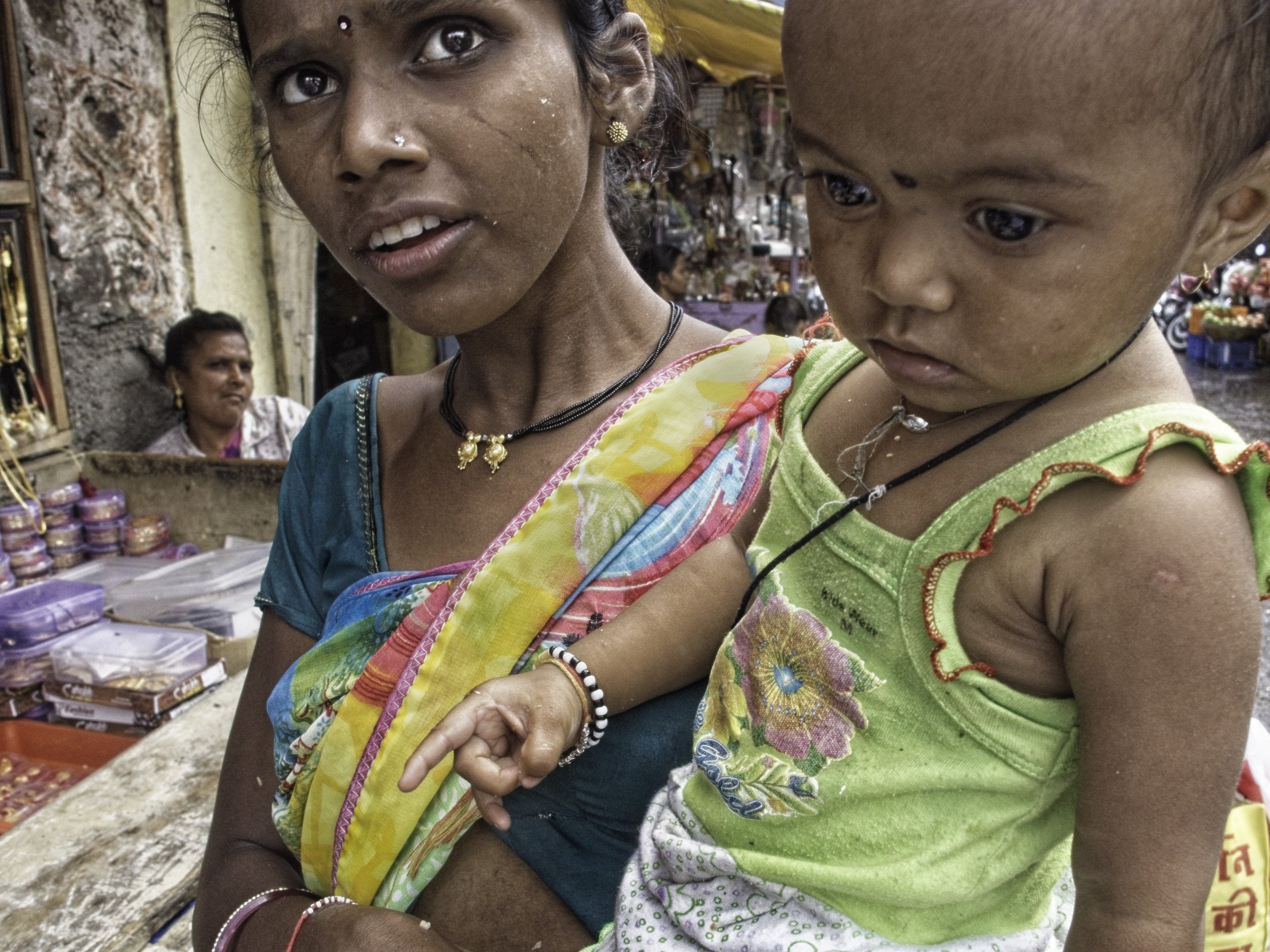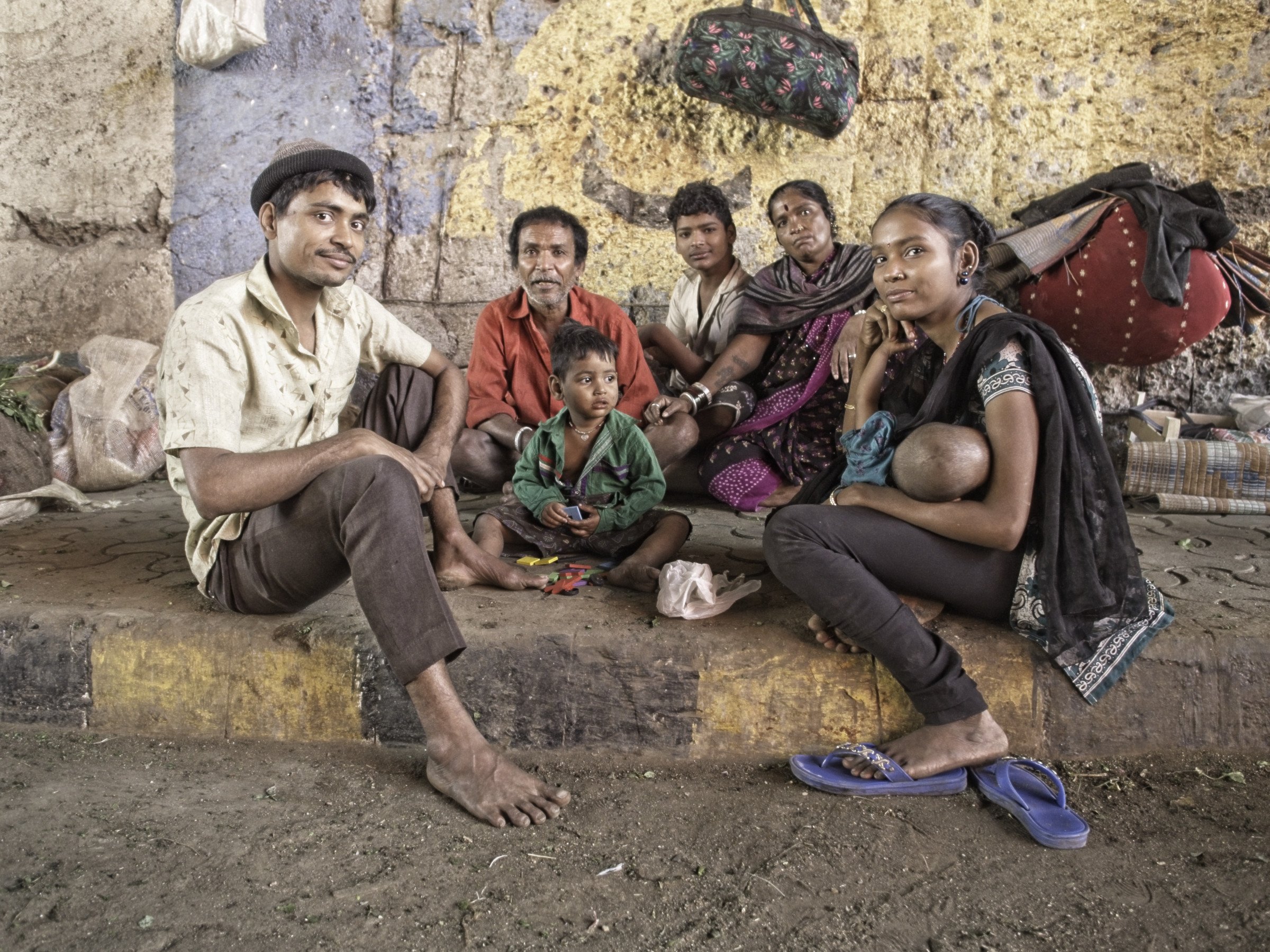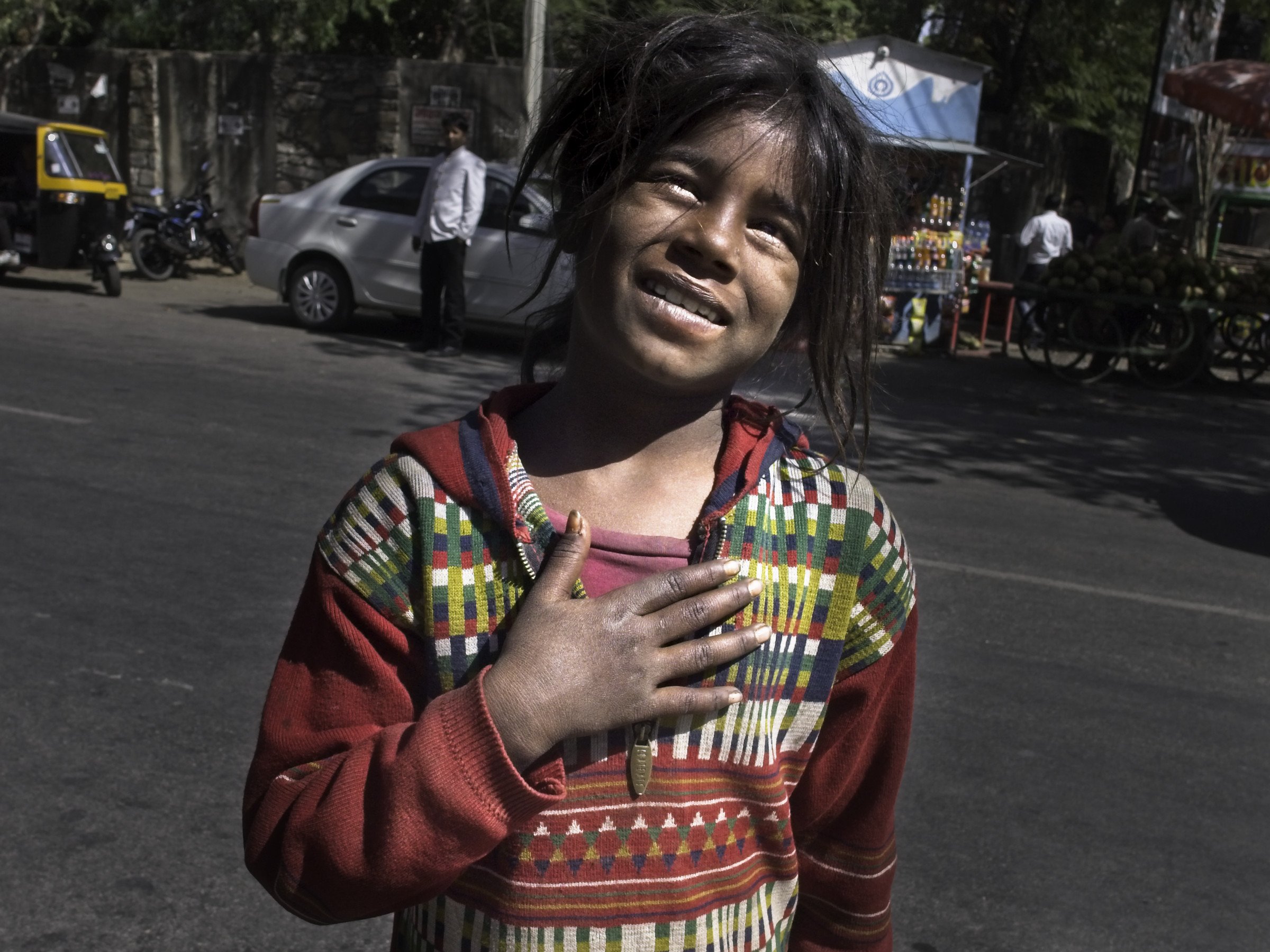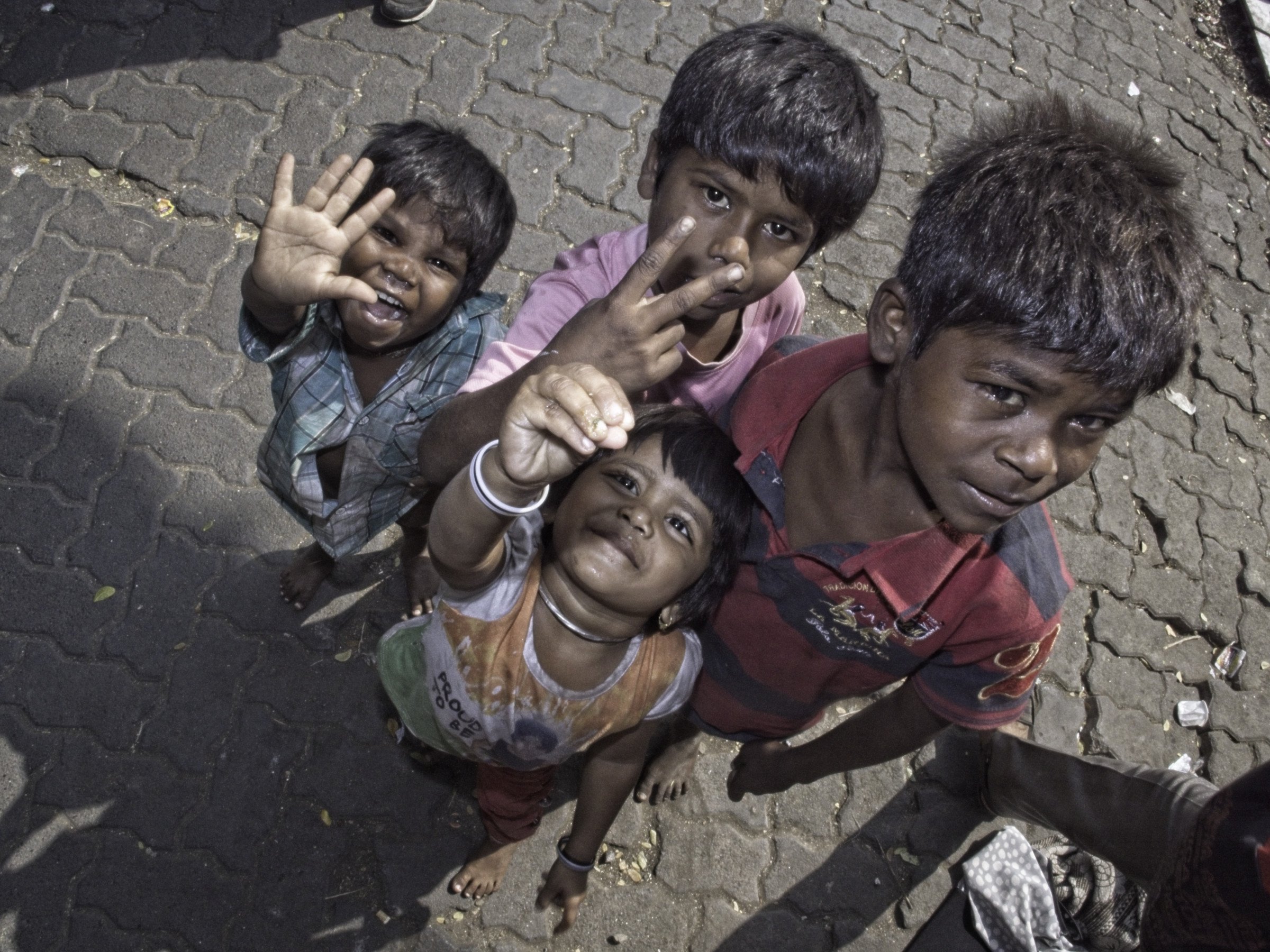Beautiful Forevers as a title, comes to me from reading Katherine Boo’s book, Behind the Beautiful Forevers.
A take on life, death, and hope, in Mumbai’s underbelly.
It shows us how people in the most desperate circumstances can find the resilience to hang on to their humanity. I read it very early during my working time in the country and was instrumental in developing my love and appreciation of the spirit of the place.
All photographs by Constantine Lykiard ©
It led me to falling in love with streets of Mumbai and subsequently other cities and towns. Unlike other parts of my work Beautiful Forevers contain some photographs which touch the edges of photographic ethics. Some viewers may see them as accusatory rather than documentary. A judgement either way, is more a reflection of the viewer’s mindset rather than mine. Everything that I have ever photographed in India comes from a position of affection for the people, their spirit, the culture and its long history. Photographing what takes place in the streets of say, Bandra, Colaba or Malabar and not publishing it, will not in anyway make it go away. The contradictions remain. Those who know what Bandra is, will understand the context of this statement.
It is debatable whether photographs change the world.
Some say they do, some say they do not. India will change, as it evolves develops, and grows out of its own pains of contradictions. It will do so by itself. Patronising outsiders certainly will not. So my photographs are not finger pointing. For those of you receptive enough, I hope it raises your awareness, that even the ‘have nots’ have a twinkle in their eyes, which talks about resilience and humanity.
Some ethical posts on photojournalism tell that ‘The onus is on you to document society and preserve the history of it visually’ and the Code of Ethics states, ‘Be exact and inclusive when it comes to depicting subjects’ With the exception of Portraits, I shoot from the hip and what is captured is often unknown in its detail but it is exact in what took place.
It is inevitable that the presence of 6ft bearded foreigner will at some level, influence the scene hence shooting from the hip prevents any form of staging. Then we have issue of dignity. Context and Intent I believe, is key in judging dignity.
For me context includes who is taking the picture. Soham Gupta takes pictures of the forgotten in his home town Kolkata. They are powerful haunting and unforgiving. In conjunction with his narrative they are rightly accusatory. Given the chance I would never shy away from clicking the same subjects but as an outsider I would click for empathy and in someway allowing the silent to speak.
Difficult pictures must be taken.
For the purposes of the work here I provide context in the form of the caption, particularly location. If you are unaware of the locational significance please Google it. Finally, I aim to shoot for what the eyes try to say.
For those interested in the ethical debate, here are some links I have found informative.
https://witness.worldpressphoto.org/rethinking-the-ethical-judgement-of-photography-2b7042cbeae3
https://www.clippingpath.in/blog/a-code-of-ethics-in-photojournalism/
